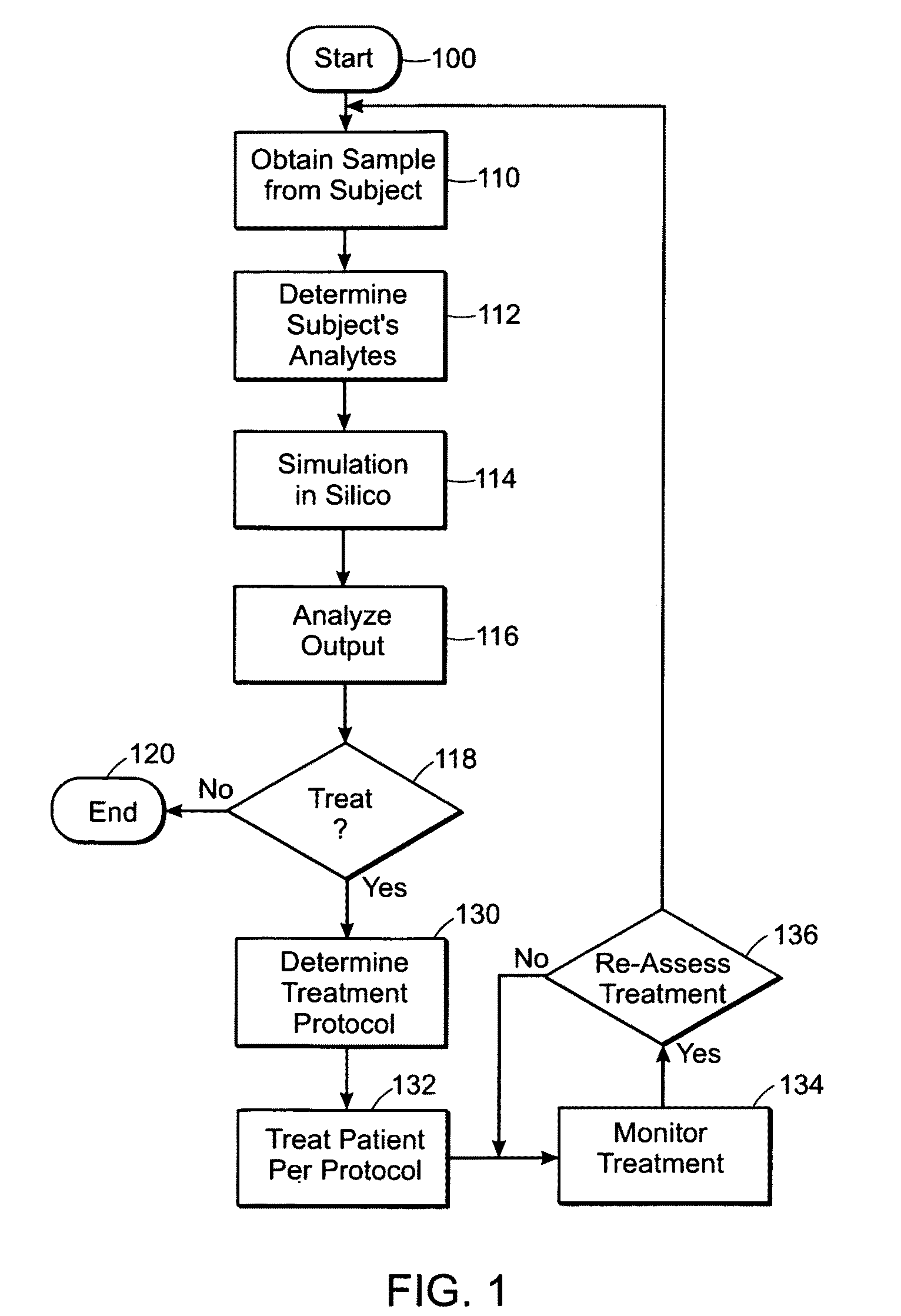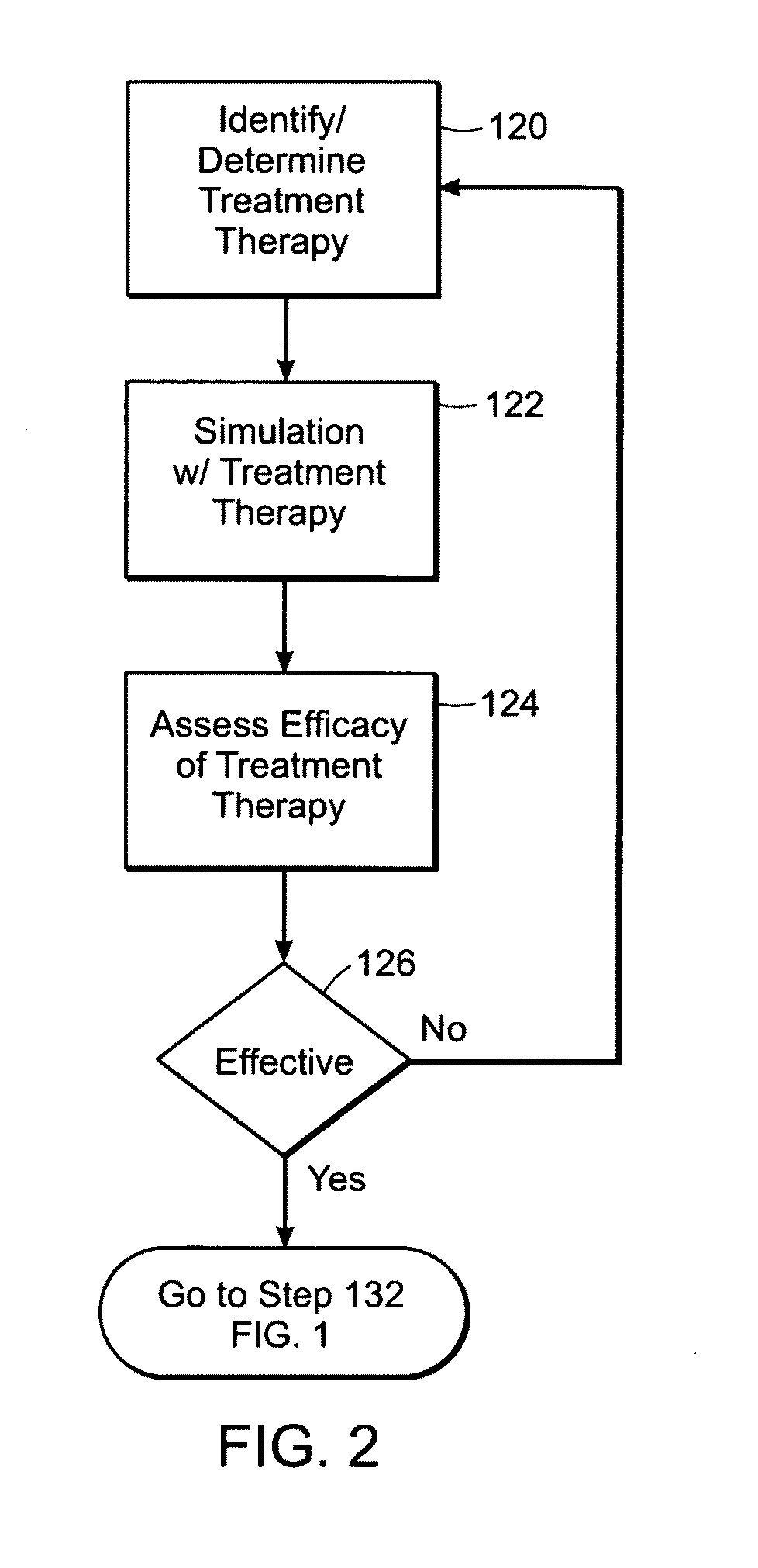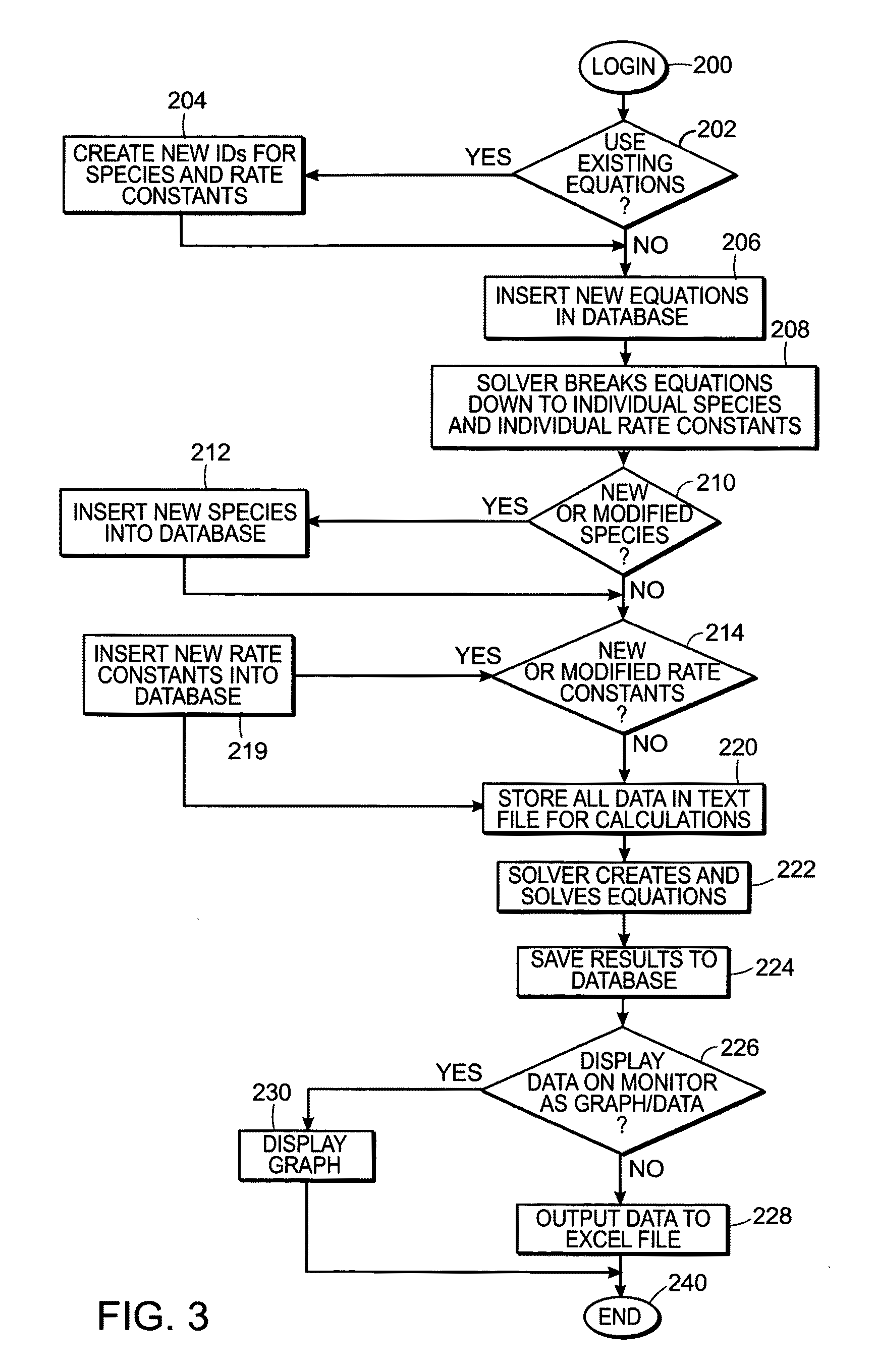Predicting hemostatic risk; dependence on plasma composition
a technology of hemostatic risk and plasma composition, applied in the direction of instruments, biochemical equipment and processes, material analysis, etc., can solve the problems of unfavorable risk management of arterial thrombosis, unregulated production of thrombin in an inappropriate location, and inability to transfer risk factors established for venous thrombosis to the prediction of risk of arterial thrombosis,
- Summary
- Abstract
- Description
- Claims
- Application Information
AI Technical Summary
Benefits of technology
Problems solved by technology
Method used
Image
Examples
example 1
Introduction
[0203]Coronary artery disease (CAD) is the leading cause of death for both men and women in the United States each year. Atherosclerotic lesions within the coronary arterial system are subject to mechanical and hemodynamic forces that can trigger disruption of atherosclerotic plaques [Lee R T, Kamin R D. Vascular mechanics for the cardiologist. J Am Coll Cardiol 1994; 23: 1289-95; Maclsaac A l, Thomas J D, Topol E J. Toward the quiescent coronary plaque. J Am Coll Cardiol 1993; 22: 1228-41]. Thrombus formation after plaque rupture is the trigger for abrupt coronary artery occlusion and subsequent acute coronary syndrome (ACS) [Falk E, Shah P K, Fuster V. Coronary plaque disruption. Circulation 1995; 92: 657-71].
[0204]The rupturing or erosion of atheromatotic plaque in the coronary artery exposes blood to extravascular tissue factor (TF), a membrane bound glycoprotein. Circulating factor VIIa (FVIIa) combines with the newly exposed TF and activates the zymogens FIX and FX...
example 2
Introduction
[0232]Therapeutic agents that regulate blood coagulation are critical to the management of thrombotic disorders and surgical interventions. Many new compounds that were plausible in terms of target, relative specificity, mechanism and kinetic and thermodynamic properties have failed to perform as expected when assessed, at significant expense, in vivo. The mathematical model and methodology of the present invention describes the dynamic biochemical repair process that emerges in response to vascular injury and allows us to incorporate hypothetical inhibitors / enhancers at their proposed sites of interaction, thus providing an assessment of their efficacy. In conjunction with our coagulation proteome model (a synthetic reconstruction using purified protein components represented in the mathematical model), we evaluated a set of anticoagulants (unfractionated heparin, synthetic heparin pentasaccharide, and inhibitors of factor Xa and thrombin) in experimental regimens (as d...
example 3
[0263]An assessment was made of protein (C) using the methodology of the present invention for a predetermined population. The model embodying such methodology was run to evaluate risk prediction with and without the PC pathway influence and / or to evaluate the thrombin generation profiles in carriers of the common genetic defects in prothrombin G20210A, factor V Leiden and factor xIII Val34Leu. Dr. Simon Body, at the Brigham and Women's Hospital in Boston, has a cohort of 1700 patients who underwent coronary artery bypass surgery and for whom have a recorded postoperative blood loss or thrombosis. We evaluated TFPI for them, and in collaboration will evaluate computational thrombin generation in a thrombosis and bleeding cohort based upon their FVIII, FII, TFPI and AT levels.
[0264]The results of such assessment are presented in FIGS. 37-38.
PUM
| Property | Measurement | Unit |
|---|---|---|
| time | aaaaa | aaaaa |
| time | aaaaa | aaaaa |
| time | aaaaa | aaaaa |
Abstract
Description
Claims
Application Information
 Login to View More
Login to View More - R&D
- Intellectual Property
- Life Sciences
- Materials
- Tech Scout
- Unparalleled Data Quality
- Higher Quality Content
- 60% Fewer Hallucinations
Browse by: Latest US Patents, China's latest patents, Technical Efficacy Thesaurus, Application Domain, Technology Topic, Popular Technical Reports.
© 2025 PatSnap. All rights reserved.Legal|Privacy policy|Modern Slavery Act Transparency Statement|Sitemap|About US| Contact US: help@patsnap.com



